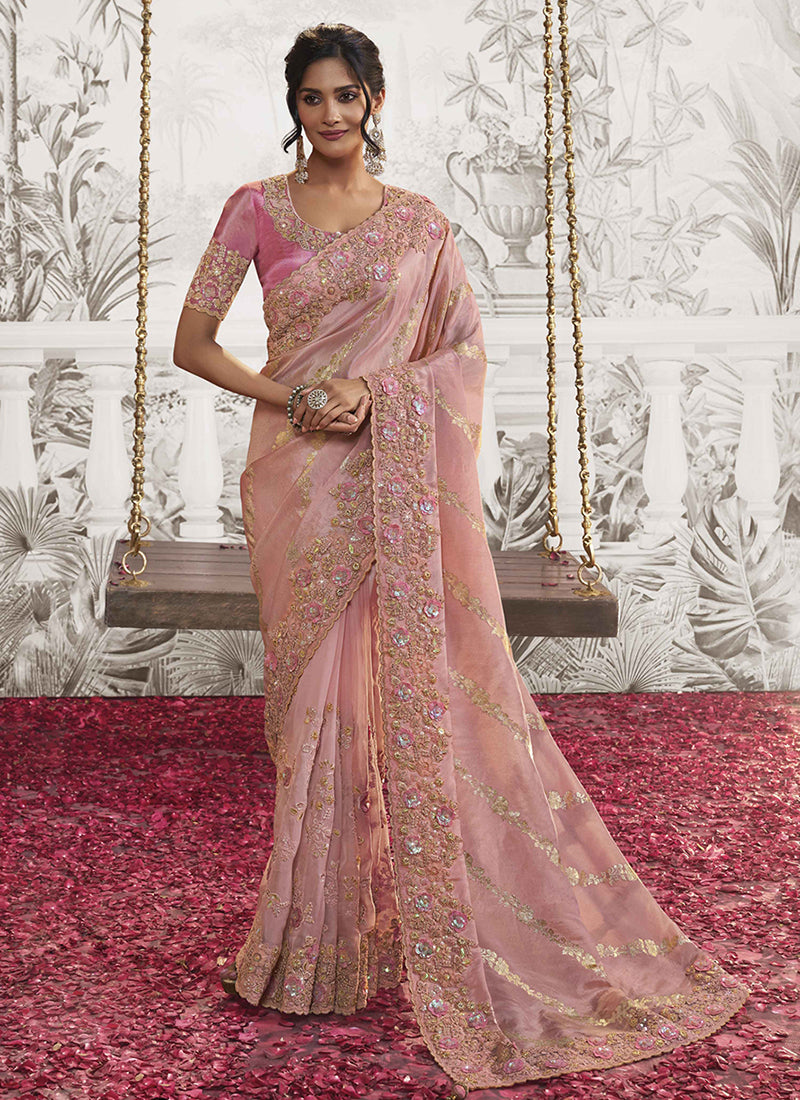Desi clothes, a term broadly used to describe traditional South Asian clothing, embody a rich tapestry of history, culture, and craftsmanship. From the vibrant streets of Delhi to the bustling markets of Karachi, desi attire is more than just clothing—it's a living expression of heritage and identity. This article explores the allure of desi clothes, their cultural significance, and their modern resurgence in fashion circles worldwide.
A Rich Tapestry of History and Tradition
The origins of desi clothes can be traced back thousands of years, reflecting the diverse cultural influences that have shaped South Asia. Ancient texts and sculptures reveal the early use of draped garments like the saree and dhoti, which have evolved over centuries into the intricate and varied styles we see today.
Saree: Perhaps the most iconic piece of Indian attire, the saree is a long piece of cloth, usually six to nine yards in length, draped elegantly around the body. Each region in India boasts its unique style of saree draping and weaving. For instance, the Kanjeevaram sarees from Tamil Nadu are known for their rich silk and gold zari work, while the Banarasi sarees from Varanasi are celebrated for their intricate brocade patterns.
Salwar Kameez: Originating from the Mughal era, the salwar kameez is a versatile outfit consisting of a tunic (kameez), trousers (salwar), and a matching scarf (dupatta). This ensemble is popular across India and Pakistan for its comfort and elegance, making it a staple for both daily wear and formal occasions.
Lehenga Choli: This traditional attire, often worn at weddings and festive celebrations, consists of a long skirt (lehenga), a fitted blouse (choli), and a dupatta. The intricate embroidery and embellishments on lehengas make them a favorite among brides and celebrants.
The Craftsmanship Behind Desi Clothes
What sets desi clothes apart is the remarkable craftsmanship that goes into their creation. Artisans across India and Pakistan employ age-old techniques like handloom weaving, block printing, and intricate embroidery to produce garments that are both beautiful and durable.
Handloom Weaving: This traditional method involves weaving fabric by hand, often using simple wooden looms. Regions like Bengal, Gujarat, and Andhra Pradesh are renowned for their handloom sarees, which are prized for their unique textures and patterns.
Block Printing: This technique, which dates back to ancient times, involves carving designs onto wooden blocks, dipping them in dye, and stamping them onto fabric. Rajasthan is famous for its block-printed textiles, which feature intricate motifs and vibrant colors.
Embroidery: Techniques like zari (gold thread embroidery), zardozi (heavy metallic embroidery), and chikankari (delicate shadow work) add an extra layer of opulence to desi clothes. Each embroidery style has its origin and history, adding depth and meaning to the garments.
Desi Clothes in Modern Fashion
In recent years, desi clothes have experienced a renaissance, both within South Asia and globally. The fusion of traditional designs with contemporary styles has created a dynamic fashion scene that appeals to younger generations and international fashion enthusiasts.
Fusion Fashion: Designers are increasingly blending Western silhouettes with traditional fabrics and embroidery. For example, you might find a modern jumpsuit made from Banarasi silk or a denim jacket adorned with intricate Rajasthani embroidery. This fusion not only preserves traditional crafts but also makes desi clothes accessible to a global audience.
Sustainable Fashion: With a growing emphasis on sustainability, there is a renewed interest in handloom and handcrafted garments. Desi clothes, with their emphasis on artisanal techniques and natural materials, align perfectly with the principles of slow fashion. By choosing handwoven sarees or hand-embroidered kurtas, consumers are supporting sustainable practices and helping to preserve cultural heritage.
Celebrity Endorsements: Bollywood celebrities and international stars alike have played a significant role in popularizing desi clothes. From Priyanka Chopra donning a stunning lehenga at her wedding to Beyoncé performing in a bespoke Indian outfit, these high-profile endorsements have brought desi fashion into the global spotlight.
Shopping for Desi Clothes Online
The digital age has made it easier than ever to explore and purchase desi clothes from the comfort of your home. Numerous online platforms offer a wide range of traditional and contemporary desi attire, catering to diverse tastes and preferences.
Social Media: Instagram and Facebook have become popular platforms for discovering new designers and boutiques. Many small businesses and artisans showcase their creations on social media, offering unique and handcrafted pieces that may not be available on larger e-commerce sites.
Virtual Try-Ons: Some online retailers now offer virtual try-on features, allowing customers to see how a garment will look on them before making a purchase. This technology enhances the online shopping experience and helps buyers make informed decisions.
Desi clothes are a celebration of South Asia's rich cultural heritage and craftsmanship. Whether it's the timeless elegance of a saree, the comfort of a salwar kameez, or the opulence of a lehenga, these garments continue to captivate and inspire. As the world becomes more interconnected, the charm of desi clothes transcends borders, inviting people everywhere to embrace their beauty and significance.
In a world of fast fashion, desi clothes stand out as a testament to the value of tradition, quality, and artistry. By choosing desi attire, you're not only adorning yourself with beautiful garments but also supporting the artisans and preserving the cultural legacy that makes these clothes so special. So, whether you're attending a wedding, celebrating a festival, or simply looking to add a touch of elegance to your wardrobe, desi clothes offer a timeless and versatile option that never goes out of style.













